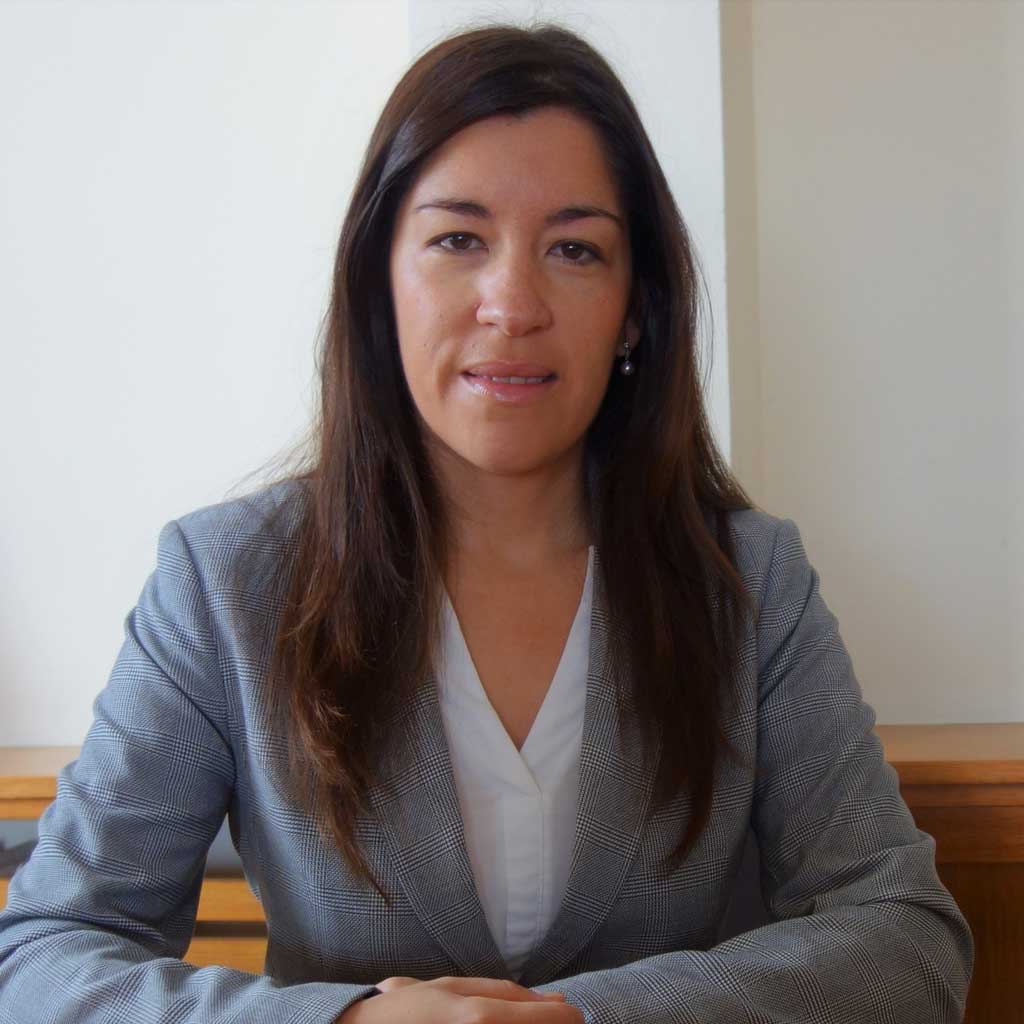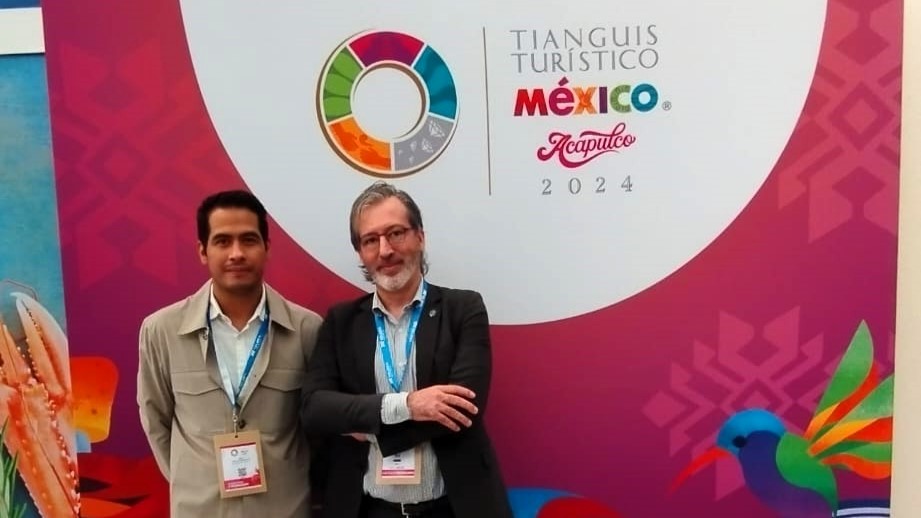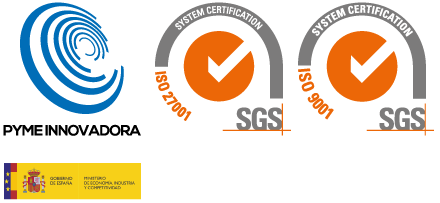The ITB fair held in March in Berlin served, among other things, to confirm what all the tourist indicators were already showing: the slowdown in the number of tourists, both in Spain and in the Caribbean, and especially in the main markets of origin. In the case of Spain, as the whole tourist family knows, the main markets are the British and German. As regards the United Kingdom, especially England, and in addition to the reasons affecting the other European markets (fewer seats available, growth in competing destinations, etc.), the uncertainty of Brexit and the devaluation of the currency adds up, which is why a particular contraction is confirmed. The main conclusion is that this 2019 season does not present very promising expectations.
However, in order to face all these difficulties, hoteliers have increased the diversification of markets and channels, thus managing to maintain figures or even increase them. In this way, many of them are transforming these initially adverse circumstances into an opportunity to successfully expand their distribution. Let’s look at some of the strategies that are proving effective…
Markets diversification
Every year we see how minority markets (Eastern European countries, Asia…) are increasing the emission of tourists to Spain, even to sun and beach destinations in which until a few years ago we only found visitors from traditional home markets. The increase in connectivity on a global level undoubtedly favours more tourist movements throughout the world and that, today, are received in all destinations travellers from the 5 continents.
Channels Diversification
Tour operators have been the ones who have traditionally covered the highest reserve quotas, and they are the ones who are lowering them most sharply in destinations such as Spain. Their own interests lead them to divert operations to other destinations in the Mediterranean and North Africa, where they can obtain higher margins. Therefore, it is also essential to diversify channels by expanding distribution through OTAs, Bedbanks … and of course the direct channel: the website. These ducts, if well managed, allow for a considerable increase in the average price per room, so that the increase in income would cover and compensate for the decrease in the number of bookings.
Suitable tools
However, in order to diversify and increase distribution, it is essential to have tools such as a Channel Manager. It is the solution that precisely allows to cover more markets and different tourist profiles, tourists who may demand a particular hotel based on different motivations and at different times of the year. Through the Channel Manager, a single person can manage a multitude of channels in a simple and efficient way, unifying the pricing strategy in a single platform. It is also necessary for the management carried out by Revenue Management professionals, so that they can adapt prices, availability according to demand, as well as to choose the most efficient and profitable channels. In our case, Bookincenter has 350 channels in markets of origin of the 5 continents, to adapt to the distribution needs of our customers. But it is important to bear in mind that channel diversification should not be done indiscriminately: it is necessary to correctly analyse and choose those that can provide the greatest value in each case.

The figures we handle show that our customers are doing this right management in the marketing of their products, in a year initially difficult (or more complicated than 2018). To date we have a 21% increase in reserves over the same period last year. In terms of revenue generated represent a 41% increase, and as far as the hotel website is concerned, the numbers grew by 19.5% to generate just over € 1M daily through this channel. Logically, we are pleased to participate in this success, minimizing the impact of uncertainty thanks to technology for a controlled and effective diversification.

Paula Servera
Business Development Manager – Product





